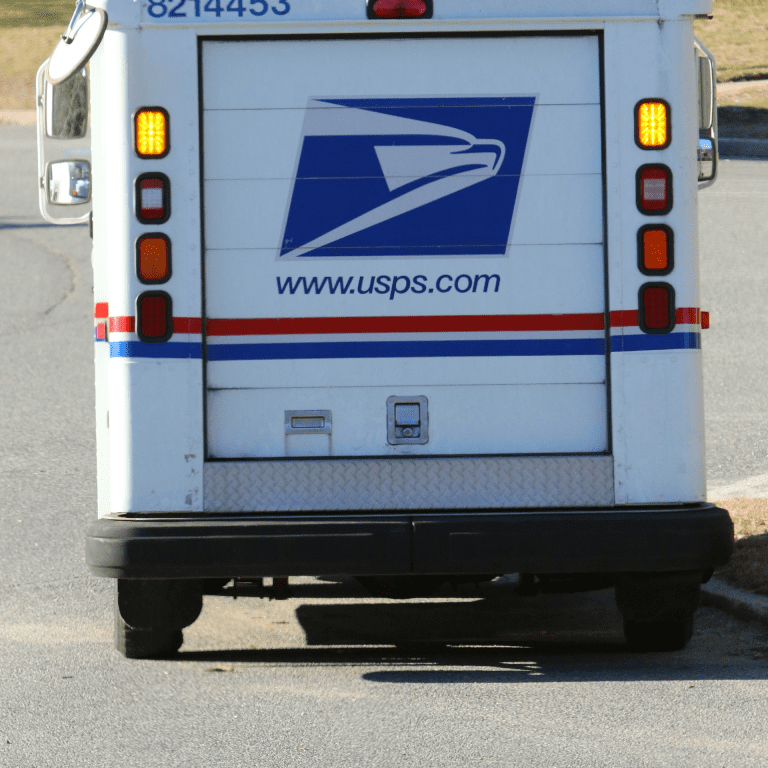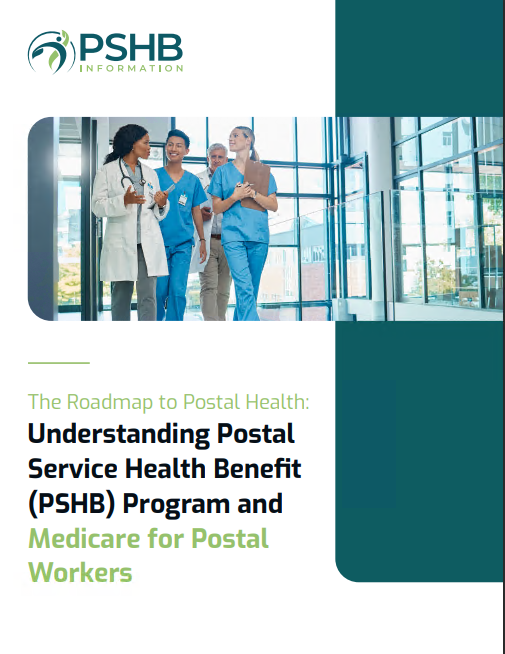Key Takeaways:
-
The PSHB program transforms USPS workers’ health coverage in 2025 by offering tailored plans that address their specific needs.
-
Medicare integration within the PSHB program provides significant benefits for Medicare-eligible annuitants and their families.
A New Era of Health Benefits for USPS Employees
If you’re a USPS employee or retiree, 2025 marks a pivotal year for your healthcare coverage. The introduction of the Postal Service Health Benefits (PSHB) program replaces the Federal Employees Health Benefits (FEHB) system for postal workers, creating a health plan designed exclusively for the postal workforce. With the PSHB program, you gain access to more personalized options, enhanced benefits, and the opportunity to integrate Medicare for cost-effective coverage. Let’s break it all down and see how this shift benefits you.
What Sets the PSHB Program Apart?
The PSHB program stands out because it’s built specifically for USPS employees, retirees, and their families. Unlike FEHB plans, PSHB prioritizes the unique needs of postal workers, addressing concerns like comprehensive coverage, manageable premiums, and robust support for Medicare integration.
Here’s how PSHB differs:
-
Tailored Options: PSHB plans cater to the demands of USPS employees, ensuring they meet your healthcare needs.
-
Medicare Integration: If you’re Medicare-eligible, your PSHB plan works seamlessly with Medicare Part B and Part D, maximizing your benefits.
-
Exclusive Enrollment: Only USPS workers, retirees, and eligible family members can enroll, ensuring focused resources and support.
Transitioning from FEHB to PSHB
If you were covered under the FEHB system, your enrollment automatically transitioned to a corresponding PSHB plan in January 2025. However, this doesn’t mean you’re stuck with the default choice. The PSHB program’s structure allows you to explore various options during Open Season, which typically runs from mid-November to mid-December annually.
Key Dates to Remember
-
Effective Date: January 1, 2025
-
Open Season Enrollment: November 11 to December 13 (dates may vary slightly each year)
-
Special Enrollment Periods: If you experience Qualifying Life Events (QLEs), you can adjust your plan outside Open Season.
Medicare Integration: A Game Changer for Retirees
For Medicare-eligible USPS retirees, PSHB plans come with added perks. When you’re enrolled in both a PSHB plan and Medicare Part B, you’ll enjoy benefits like reduced out-of-pocket costs and streamlined claims processing. Additionally, prescription drug coverage is managed through a Medicare Part D Employer Group Waiver Plan (EGWP), eliminating the “donut hole” gap and capping out-of-pocket expenses at $2,000 annually.
Do You Need to Enroll in Medicare Part B?
Yes, Medicare Part B enrollment is mandatory for most retirees to maintain PSHB coverage. However, there are exceptions:
-
Exemption: If you retired on or before January 1, 2025, you’re not required to enroll in Medicare Part B.
-
Age Factor: Employees aged 64 or older as of January 1, 2025, may also qualify for certain exemptions.
Understanding Your PSHB Options
Choosing the right PSHB plan depends on your unique healthcare needs. Plans within the PSHB program offer a range of benefits, including:
-
Preventive Care: Most plans cover preventive services with no additional cost to you.
-
Specialist Access: Flexibility to visit specialists without referrals in many plans.
-
Prescription Coverage: Comprehensive drug benefits integrated with Medicare for eligible members.
Tips for Selecting Your Plan
-
Assess Your Needs: Evaluate factors like family size, expected healthcare usage, and preferred providers.
-
Check Medicare Coordination: Ensure the plan works well with Medicare if you’re eligible.
-
Review Costs: Look at premiums, deductibles, and out-of-pocket maximums to determine affordability.
PSHB’s Impact on Your Costs
While the PSHB program aims to keep premiums reasonable, your actual costs depend on factors such as plan selection, Medicare enrollment, and healthcare usage. For example:
-
Premium Contributions: Premiums are shared between you and USPS, with government contributions helping reduce your share.
-
Medicare Savings: Enrolling in Medicare Part B often results in waived PSHB deductibles and cost-sharing for Medicare-covered services.
Out-of-Pocket Caps
In 2025, out-of-pocket costs for prescription drugs are capped at $2,000 annually for Medicare Part D participants. This cap provides significant relief, especially for those with high medication expenses.
How PSHB Supports Postal Workers’ Unique Needs
USPS employees face demanding jobs, and their health benefits should reflect that. The PSHB program acknowledges these challenges by offering plans that prioritize:
-
Comprehensive Coverage: Access to primary care, specialists, hospital care, and mental health services.
-
Flexible Networks: Many plans include nationwide provider networks, ensuring care wherever your job takes you.
-
Supplemental Benefits: Some plans offer vision, dental, and wellness programs to enhance overall health.
Staying Informed About PSHB Changes
Health benefits can be complex, but staying informed ensures you make the best choices for yourself and your family. The PSHB program provides resources to help you understand your options and make confident decisions.
Annual Notice of Change (ANOC)
Each fall, you’ll receive an ANOC that outlines any changes to your plan’s premiums, benefits, or coverage. Reviewing this document is crucial to avoid surprises and adjust your plan if needed during Open Season.
Online Tools and Support
PSHB offers online tools for comparing plans, calculating costs, and finding providers. Take advantage of these resources to simplify your decision-making process.
Making the Most of Open Season
Open Season is your opportunity to review your current coverage, explore new options, and ensure your health plan meets your needs. Here’s how to make the most of it:
-
Start Early: Begin researching plans as soon as Open Season details are announced.
-
Compare Plans: Use online tools to evaluate plan benefits, costs, and networks.
-
Ask Questions: Contact your HR department or plan representatives for clarification.
-
Make Changes: Submit any updates before Open Season closes to avoid default enrollment.
Why PSHB Matters to Your Family
Health coverage isn’t just about you—it’s about your family, too. The PSHB program ensures your spouse, children, and other eligible dependents receive the care they need.
Dependent Coverage Highlights
-
Spouses and Children: Eligible family members are covered under your PSHB plan.
-
Survivor Benefits: In the event of your passing, dependents may continue receiving coverage through survivor annuities.
Looking Ahead: How PSHB Sets a New Standard
The PSHB program represents a significant improvement in how USPS workers access health benefits. By addressing the specific needs of postal employees and integrating Medicare, it sets a new standard for comprehensive and cost-effective coverage.
What’s Next for PSHB?
While 2025 marks the start of this program, ongoing evaluations and updates will ensure it continues to meet your needs. Staying engaged with updates and participating in Open Season will help you maximize the benefits of your PSHB plan.
Empower Your Health Choices with PSHB
Navigating your health coverage can feel overwhelming, but the PSHB program simplifies the process. By understanding your options, staying informed about changes, and actively participating in Open Season, you can make the most of your health plan. Don’t settle for less when it comes to your well-being—PSHB is here to support you every step of the way.









